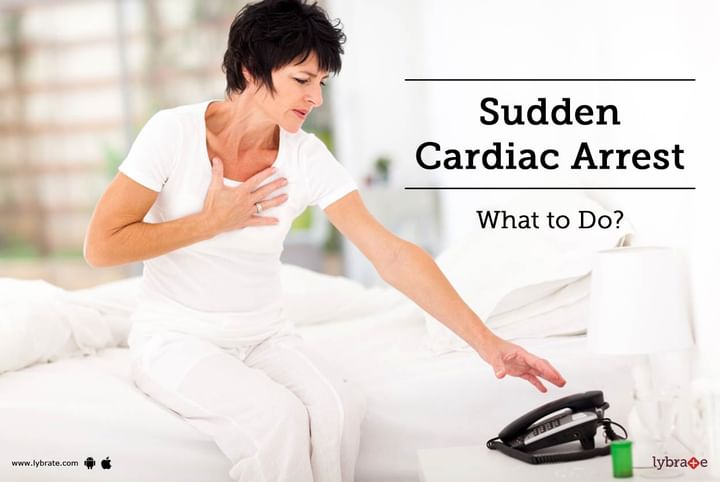Sudden Cardiac Arrest: What to Do?
Cardiac arrest is reported to be the number one cause of sudden death for people over the age of 40. As it strikes fast and without prior warning, it usually leaves no time for getting help to the patient. Many lives can be saved if the necessary first aid is given immediately by people who know what to do in case of a cardiac arrest.
So first let us know about the signs of a cardiac arrest:
- Loss of consciousness: A person may feel dizzy, sweat, faint or collapse suddenly. You can tell if someone has just fainted and not had a cardiac arrest if they are still breathing or have a pulse.
- No breathing
- No pulse
- Muscle twitching.
Now that you have recognized the signs; here is what you can do:
- Call the ambulance and try getting an emergency medical professional to attend to the person.
- If professional help isn't available, emergency resuscitation measures must begin. An automated external defibrillator (AED) can rapidly determine whether the person has an abnormal heart rhythm that can be treated by an electric shock (called defibrillation). AEDs are available in many public gathering places, such as stadiums and concert halls. An AED is used before calling for help and before attempting cardiopulmonary resuscitation (CPR) because an AED is more likely to save lives. If the AED detects ventricular fibrillation, it provides an electrical shock (defibrillation) that can restore normal heart rhythm and start the heart beating again. Emergency medical care should be obtained even if the heart has started beating again. If a person remains in cardiac arrest after an AED is used, CPR should be done.
- If a person remains in cardiac arrest after an AED is used, other measures are begun, such as opening the airway and cardiopulmonary resuscitation (CPR).
- CPR combines artificial respiration (mouth-to-mouth resuscitation, or rescue breathing) to supply oxygen to the lungs with chest compressions, which circulate oxygen to the brain and other vital organs by forcing blood out of the heart.
To do CPR (artificial respiration), the rescuer's mouth covers the person's mouth and then rescuer slowly exhales air into the person's lungs (rescue breaths). The person's airway must remain opened during artificial respiration. To prevent air from escaping from the person's nose, the person's nose can be pinched shut as the rescuer exhales into the mouth.
Talk to your doctor to find out if you are at risk of a cardiac arrest.



+1.svg)
